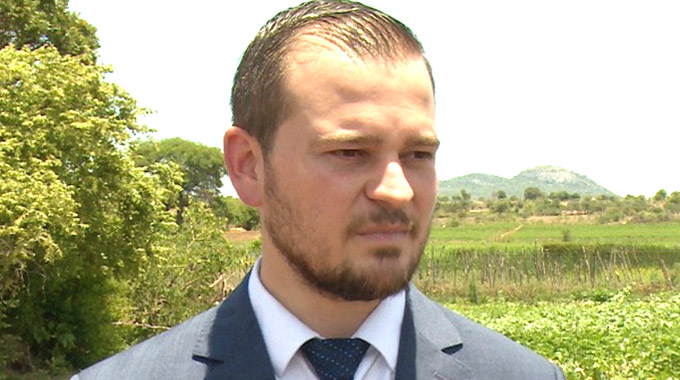Govt working on reducing cattle deaths

Elita Chikwati and Mukudzei Chingwere
Cattle in southern parts of the country, where pastures and water sources were worst hit by drought, need access to feed and water, with the Government now resuscitating 1 800 boreholes and engaging partners to ensure feed was available.
The Ministry Lands, Agriculture, Water and Rural Resettlement is working with the District Development Fund and the Zimbabwe National Water Authority to drill boreholes, especially in the southern areas to reduce the number of cattle succumbing to drought.
According to the Ministry’s Second Round Crop and Livestock Assessment report, the national beef cattle herd declined by 5,7 percent from 5 774 525 cattle in 2018 to 5 443 770 cattle in 2019.
The report indicated that the availability of pastures was critical in some districts of Matabeleland North, Matabeleland South, southern districts of Midlands and Masvingo where it was expected to last up to July.
In most districts of Mashonaland and Manicaland, available pastures were expected to last between four and eight months.
Zimbabwe Farmers Union president, Mr Abdul Nyathi, confirmed that the situation was dire, especially in the southern parts of the country as the livestock were facing grazing and water shortages.
“The animals have become weaker and cannot go for watering. The farmers now have to look for the water for the animals. We hope the Government will continue to assist,” he said.
Lands, Agriculture, Water and Rural Resettlement Deputy Minister Vangelis Haritatos recently said they were also resuscitating boreholes around the country.
“To date we have resuscitated in excess of 1 800 boreholes and wells,” he said. “Government has engaged partners to ensure availability of feed, and also said they are working on a new programme of hay baling.
“We also have programmes of supplementary feed and with our partners we have a programme that brings in hay baling. We are resuscitating that scheme for supply to areas that do not have grazing.
“Climate change has negatively affected our livestock industry and it is only through mitigation that we will be able to win this battle against climate change.”
“Unfortunately the last two seasons, because of the drought, have seen the herd coming down slightly, but not depleted to the extent that a lot of negative press has implied. People are slaughtering more often because of the drought so they cannot keep as many cattle as they would have liked.”
Department of Veterinary Services chief director Dr Josphat Nyika urged farmers to sell some of their cattle so they can get money to buy supplementary feed.
His department is working with the Environmental Management Agency to promote hay baling for farmers in the most affected areas.
“So far we have some animals that no longer have grazing. Farmers can sell some of the animals and use the proceeds to buy feeds.
“We are also urging farmers not to move cattle without permits as this will increase the spread of disease, chief among them January disease, which is most difficult to deal with,” he said.
Dr Nyika said farmers should get assistance from the local veterinary officers on when and where to move their livestock.
“Even if there is a need to move livestock, farmers should adhere to regulations,” he said. “There should be enough biosecurity on the property the animals will be taken to. The farm should have fenced paddocks and perimeter fences so that the animals do not mix with the resident herd.
“Animals should only be moved after thorough inspections because they have to be free from pests, parasites and diseases.”











Comments